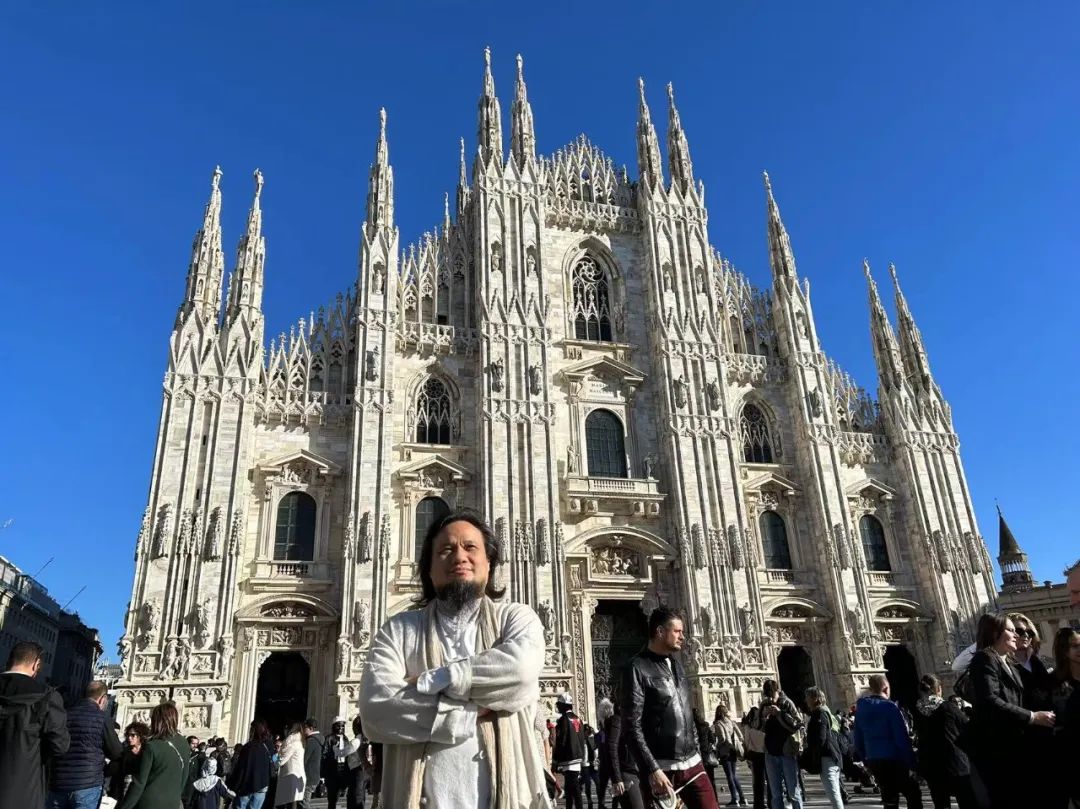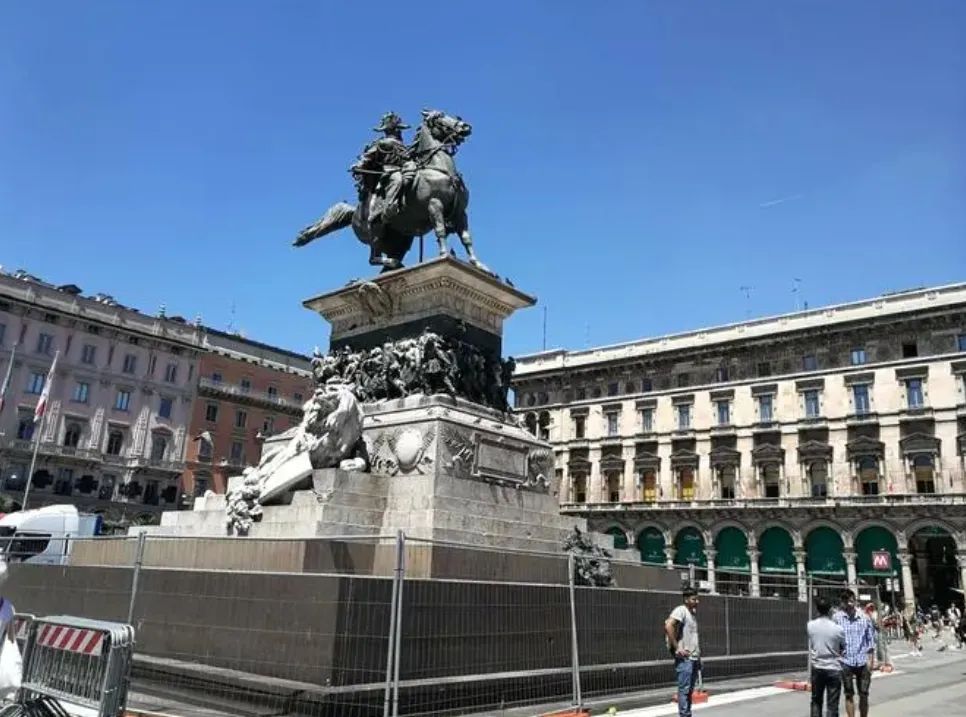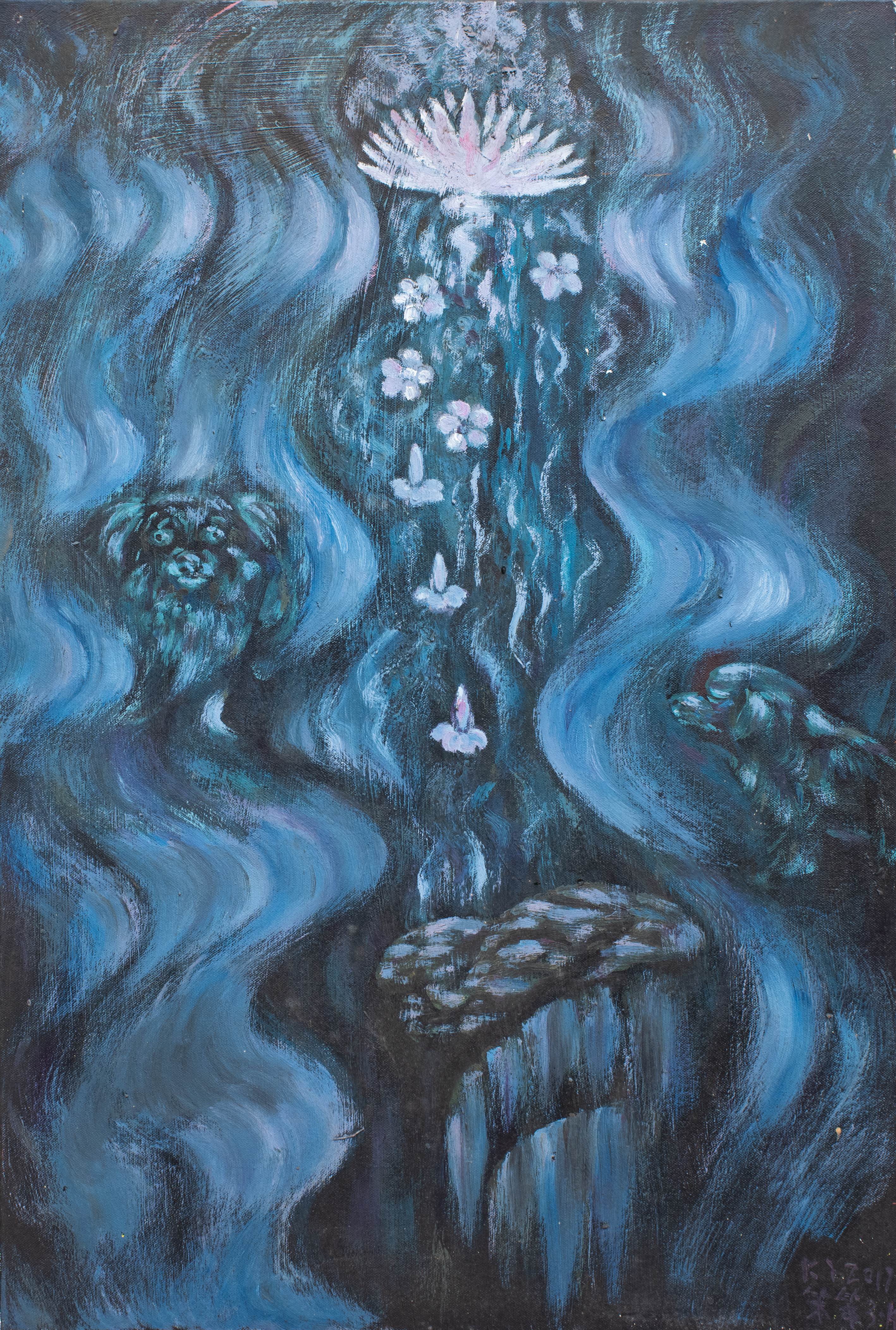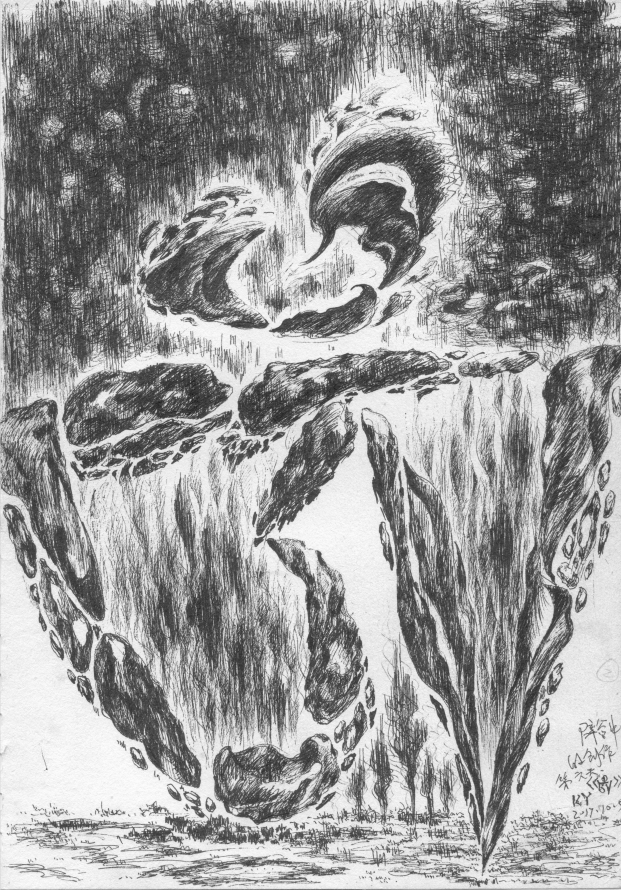Alternative locations for the 2024 "Oriental Spiritual Painting" international tour exhibition
Milan's footprints
Milan, known as Mediolanium in ancient Roman times, is now widely known by its Italian name Milano and English name Milan. The city is located at the southern foot of the Alps, on the Po River plain, with a strategic location. According to historical records, the Milan area was first settled by Celts around 600 BC. As time went by, in 222 BC, the Roman Republic occupied this place and gradually developed it into a commercial and trade center in Italy.

Milan skyline
In the 3rd century AD, the Roman emperor officially included Milan under his property, making it a center for the promotion of Christianity. During this period, Milan became an important area in the infancy of Western civilization. In the 4th century, St. Ambrose served as bishop here, and Theodosius I became Roman emperor. During this time, Milan briefly became the capital of the Western Roman Empire. During this period, Milan reached the peak of its history and became one of the most prosperous cities in Europe. At that time, Milan was the second largest city in Europe, with about 300,000 residents. The city's architecture, culture and art all reflect its historical importance and prosperity.

Mr. Wu Keyang in front of Milan Cathedral

Statue of Emanuele II in the church square
In 774, Charlemagne briefly conquered Milan and the city became part of his territory. However, Milan regained its independence in 962 and returned to Italian control. By the 11th century, Milan rose again, regaining its importance in Italy and becoming a leader over other cities. During this period, Milan gained de facto independence from the Holy Roman Empire.

"Portrait of Charlemagne"
Appreciation of works
Appreciation of works
Wu Keyang's "Oriental Spiritual Painting"
Integrating the profound heritage of oriental traditional culture
The painting style is spiritual and spiritual.
High dimensions present the origin and meaning of life
Seek the essence of everything in the universe
And the awareness and perception of each life at the moment
This triggers the viewer to return to their innermost thoughts.
Unique in exploring contemporary spiritual aesthetics
—Oriental Spiritual Painting—

Oil painting "Rising Lotus"
Size: 50x60cm
Creation time: 2017

Sketch "Taixu Fantasy"
Sketch "Duan"


Sketch "Stillness"


Leave a Reply